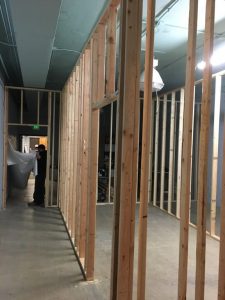These Simple Tips will put in perspective the importance of taking a proactive approach to property disaster.
Having important contact information along with having a business continuity plan to identify where your business will work from in the event of a loss, can make a huge impact on your loss time.
1.) Keep a file of all companies that work with you at your facility, including their contact names and phone numbers: hvac, plumber, electrician, IT, etc.
2.) You will want to address your mail being forwarded, your phone lines redirected and your internet services regained at your temporary location. Please do not have the electric or water turned/shut off if it is in operation after your loss. These two items are necessary to perform the work to be completed by Service 1st.
3.) Discuss with Service1st completing an inventory list and taking pictures of total loss contents left on site. These pictures will prove to be a time-saver as you will avoid having to transcribe them later from notepads.
4.) Discuss with Service1st completing an inventory for your perishable items and having them disposed of promptly.
5.) Make a list of items/possessions that you will anticipate needing to resume business in your temporary location. This list could include your electronics, file documents, portfolio’s, etc. Please provide that list to your Service 1st representative so that we may promptly clean, ozone and return those items to you in a timely manner. With proper notification, Service 1st will make every effort to have these items ready for you to pick up at our facility or we will deliver these items to your temporary place of business. Please allow time for cleaning, ozoning and deodorization.
6.) Once the initial site security and emergency restoration services are completed, Service1st will review with you the construction services needed in order to get you to a pre-loss condition. As your Emergency Preparedness Partner, we take ownership in communicating with you throughout each phase of the loss.

